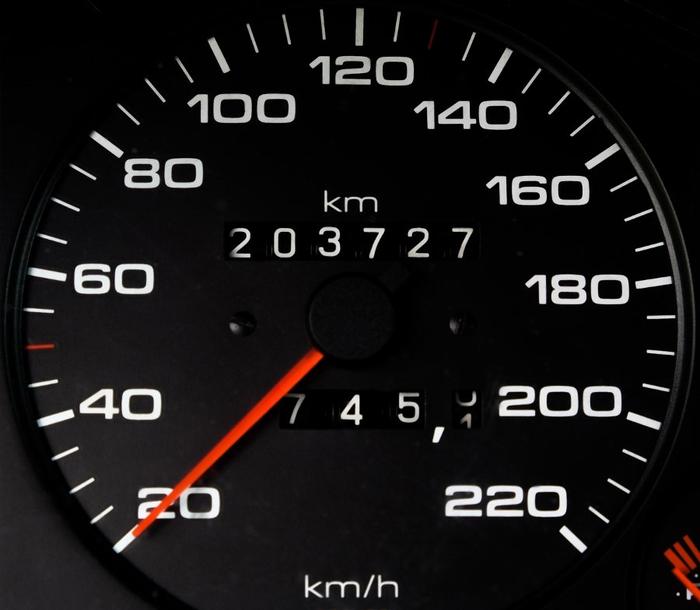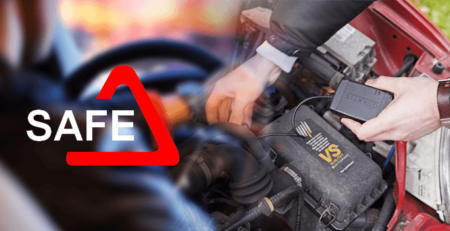Plug-in devices that monitor aspects of an auto insurance customer’s driving are nothing new. And it’s nearly impossible to miss the commercials touting the savings that good drivers might enjoy if they try out their carrier’s usage-based programs.
But what is still only whispered about are the potential downsides: surcharges for bad driving. Most auto insurers go out of their way to insist that their driver-monitoring programs exist only to reward safe drivers and that the worst outcome for trying one is that drivers don’t get the advertised savings. And even then, insurers say, drivers will gain valuable feedback and be able to make positive changes in their driving.
But in spring 2015, Progressive announced that it would begin charging some members of its Snapshot program a surcharge for aggressive driving behaviors.
Dave Pratt, Progressive’s usage-based insurance business leader, said Snapshot 3.0 currently exists in Missouri, Indiana, Iowa, Nebraska, Texas, Utah, Wisconsin, Illinois, Ohio and Oregon.
“Because insurance is regulated at the state level, the full rollout will take time and vary based on the Department of Insurance in each state,” Pratt said.
As of now, Progressive is the only major insurance carrier moving away from the reward-only model of usage-based insurance programs, which are all still voluntary. Progressive explains that the surcharges will help them give good drivers even lower rates.
Other major insurers continue to insist that the usage-based programs will only reward good drivers and will not punish bad drivers. Justin Herndon, an Allstate spokesman, said that adding a surcharge is not something the company has considered for its smartphone-based Drivewise program. Nationwide Insurance has no plans to impose a surcharge on members who enroll in its program, said company spokeswoman Alison H. Emery.
Assessing Driving Habits
We all want to believe we are good, safe, conscientious drivers and that usage-based insurance would only benefit us. However, with the potential for surcharges now in play, drivers must be able to carefully assess their driving before signing up. Though very few members of these programs are currently subject to potential surcharges, Progressive’s change seems to foreshadow more changes to come.
J. Robert Hunter, director of insurance for the Consumer Federation of America, said he believes that within four to six years, usage-based insurance will be the norm, and any driver who opts out will pay more. Robert P. Hartwig, president of the Insurance Information Institute, agrees.
“Most vehicles in the not-too-distant future will be manufactured with advanced data recording technology devices,” Hartwig said, although he believes opting out will still be an option.
Major auto insurers with usage-based programs include Progressive’s Snapshot, Allstate’s Drivewise, State Farm’s Drive Safe & Save, National General Insurance’s Low Mileage Discount, Nationwide Insurance’s SmartRide and Metromile. All offer general information about what kinds of driving behaviors are likely to earn customers a discount. While no company would offer precise details about how discounts and surcharges are calculated, most made it clear that they look at the whole picture of a driver’s behavior behind the wheel over a period of time.
Below is a checklist to help drivers determine if a monitoring device might be a good financial decision for them. It’s a good idea to use this checklist for at least a week and be honest, especially with regards to hard braking, which seems to be one of the biggest factors in how rates are calculated. The Insurance Information Institute’s Hartwig explained why:
“Frequent hard braking suggests that the driver is consistently driving in a manner that is inappropriate or at a speed that is excessive relative to prevailing driving conditions, thus increasing the likelihood of an accident,” he said.
For best results, keep this checklist in your car and makes notes at the end of each trip.
Driving Assessment Checklist:
- Times driven between the hours of 12 a.m. and 5 a.m.
- Hard braking (decreases in speed of 7 mph per second or greater)
- Quick accelerations (increases in speed of 9 mph per second or greater)
- Speeds exceeding 80 mph
- Total mileage
Once you’ve tracked your behaviors for at least a week, take a careful look. It will be easy to see if you’ve exceeded the mileage limits. If you drive fewer than 12,000 miles a year (about 230 miles a week), you will likely get some savings. For most companies, exceeding 15,000 miles a year (280 miles a week) won’t lead to any savings. It could lead to surcharges for Snapshot 3.0 customers.
Keeping speeds under 80 mph is also a simple task. However, David Bakke of Money Crashers, emphasized that if you have recent speeding tickets, that could be reason enough to decide that usage-based insurance isn’t a good choice for you.
If you drive in the early morning hours, you’re unlikely to be a candidate for savings in a usage-based plan. That’s because data from the National Highway Traffic Safety Administration and Allstate’s own data shows 12 a.m. to 5 a.m. to be the most dangerous time to be on the road. Driving then creates the highest risk of a customer filing an insurance claim. Allstate’s Justin Herndon said the company doesn’t make exceptions for people who have to drive during these hours: shift workers, for example.
While most insurers indicated that aiming for zero incidences of hard braking is the best bet for savings, they know that perfection isn’t always possible.
“Progressive recognizes that there are occasions in which a driver must brake hard to be safe,” Pratt said. That’s a sentiment echoed by other auto insurers with usage-based programs.
Is Tracking Good for Consumers?
The Consumer Federation of America likes the idea of risk-based pricing, Hunter said. The tracking of driver behavior “should signal to people to drive more carefully, which is what insurance pricing is supposed to do. We hope this signals a move away from socioeconomic pricing (charging more for drivers with less education, lower-paying jobs, not owning a home, bad credit, etc.).”
But Hunter urged consumers to demand absolute transparency about what the companies are monitoring and what they’re doing with the data. He cites as cause for concern Allstate’s recent patent on a blood-pressure-monitoring steering wheel and statements by the company’s CEO that Allstate will consider selling customer information to corporations. Allstate insists that selling data will help customers save more money and that the company honors “customer control over the distribution of their personal information.”
Hartwig said that the monitoring of driving behavior also could improve road safety overall.
“The feedback customers receive based on their driving behavior provides customers with a unique opportunity to modify their behaviors,” he said. “By reducing or eliminating those behaviors that elevate risk, consumers will not only reduce their insurance premiums but will also benefit because they will be less likely to be injured in an accident. They’re also less likely to injure others or damage the vehicles or property of others.”
Read more at http://www.edmunds.com/auto-insurance/how-to-tell-if-usage-based-car-insurance-is-right-for-you.html












